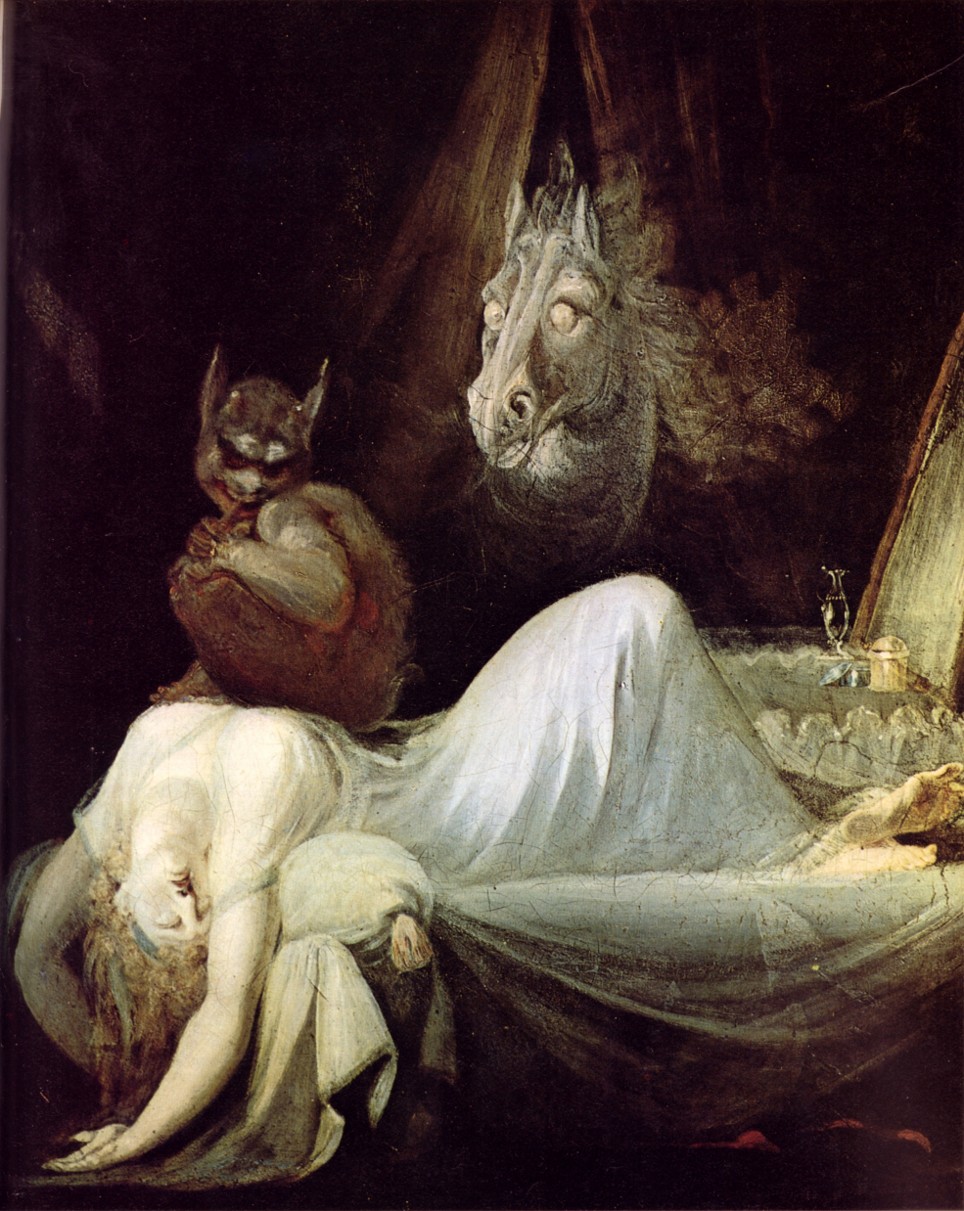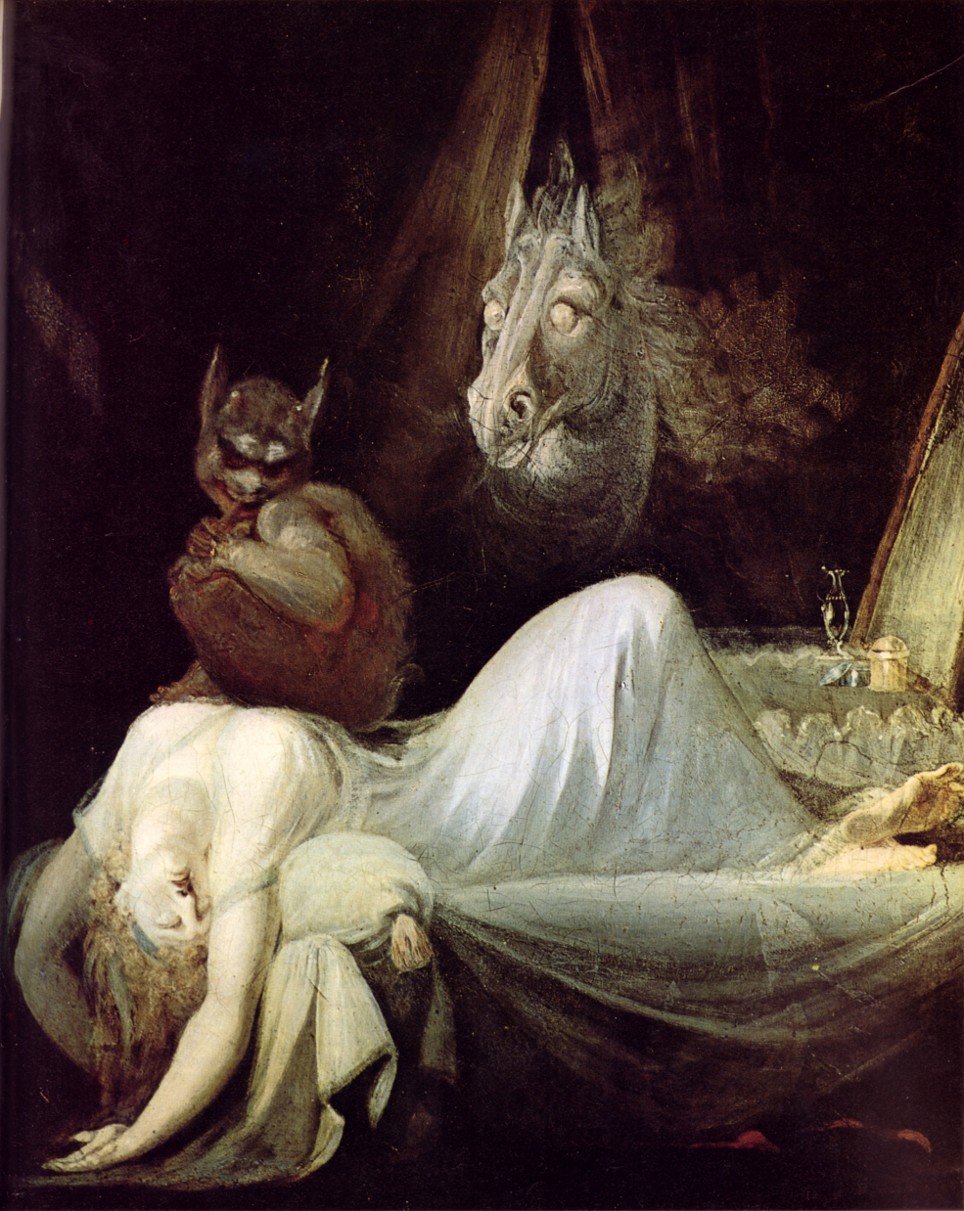Topic 7: History of Dreams
1/78
There's no tags or description
Looks like no tags are added yet.
Name | Mastery | Learn | Test | Matching | Spaced |
|---|
No study sessions yet.
79 Terms
Ancient Mesopotamia
Earliest clues about dreams ~5000 years ago, known as "the cradle of civilization" central region of modern Iraq
Sumerians
First cultural group residing in Mesopotamia followed by the Akkadians, the Babylonians, and the Assyrians
Cuneiform (2700 B.C.)
Form of writing using wedge-shaped indentations pressed into clay tablets or cylinders; used in later Mesopotamian language
Giglamesh
Chronicle of dream events and the 1st references to sequential dreams from same dreamers; dreams serve to foretell future events and dream content contains bizarre imagery, which holds symbolic meaning
Cultivate
When you ask the god to talk to you in your dreams
Jacob’s ladder
Connection between heaven and earth that the biblical patriarch Jacob dreams, described in the Book of Genesis.
The Talmud
Contains the teachings and opinions of thousands of rabbis on a variety of subjects, including: Halakha (law), ethics, philosophy, customs, history, lore, etc.
Soul travelling
A Hebrew beliefs which means part of the soul departs during sleep and travels all over the world
Egyptian beliefs
Less concerned with demonology and dreams were messages from gods
Hebrew beliefs
Good or evil supernatural entities could be sources of dreams, soul travelling, angels sent in dreams as messengers from God
Chester Beatty Papyrus III
143 “good” dreams and 91 “bad” dreams; interpretations for the various dream imagery
The Carlsburg Papyrus
Originally 250 omens categorized into section headings and describes outcomes after dream activities; the first known dream interpretation guide that had a dedicated section for women’s dreams
Message dreams
Often given to kings: a god showed up and gave a message, and the king woke up. Generally happen after dream incubation in a temple
Mantic dreams
Experienced by anyone, these dreams contained signs of the future (omnia) and would be interpreted by the dreamers
Symbolic dreams
Complex and confusing dreams with unusual interactions between the dreamer and gods, stars, people, animals, or any object. These dreams were considered dangers, indicating diseases or evil spirits and demons
T’ung Shu
An ancient Chinese almanac with 7 classifications of dreams with interpretations – not unlike H&VDC system
Lie-tsu
A taoist who wrote about what source are the dreams coming from
Indian beliefs
Dreams from early in the night are less “processed” or immediate, dreams from later in the night are about your current life
Vedas
Books of wisdom (1500 to 1000 BCE) which contained favorable or unfavorable dreams
The Sushruta Samhita
Collection of medical and surgical lore. Interpretations of illness dreams.
Homer’s epic poems
Earliest Greek references to dreams where divine origin and are sent to the dreamer
Hippocrates
The father of Greek medicine who distinguished between prophetic, diagnostic, and psychological dreams; “All the objects we believe to see indicate a wish of the soul”
Aristotle
Plato's student who argued against an astrological interpretation of dreams and rejected the notion of their divine origin (animals)
Galen
Greek physician who believed dreams had diagnostic utility and indicated imbalances of bodily substances, claimed he had saved many lives as a consequence of his dreams
Lucretius
A Latin poet who believed dreams were separate stationary images but an illusion of motion was created because the images replaced one another so rapidly
Artemidoris of Daldis
First large scale classification of dreams inscribed “Oneirocritica” or “The Interpretation of Dreams”
Saint Jerome
Wealthy Christian who mistranslated ‘witchcraft’ into ‘observing dreams’ in 3 of the 10 places it’s mentioned in the bible, causing Latin-speaking Christians to distance themselves from dreams and to consider them evil
Macrobius
One of the most widely cited books of the Middle Ages and shaped thinking on dreaming for this era
Incubus
A male demon who produced a sensation of weight while sexually possessing a woman

Succubus
A female demon who seduced male dreamers

St. Thomas Aquinas
The Church's most authoritative theologian, issuing warnings about the possible direct or indirect invocation of demons in dreams
Father Gracian
Confessor of Saint Theresa, warned that "it is a sin to believe in dreams.”
Secular dream beliefs
In the 17th, 18th, and 19th century, dreams were dissociated from the devil and associated with philosophical and scientific inquiry
Emergentism
Emphasized the role of physical or somatic factors in creating our mental states (your thoughts are a side effect of your body’s workings)
Thomas Hobbes
17th century representative of this latter "mechanical" or "empirical" approach. Dreams as a side effect of our body functions
17th century
Recognition that the content of dreams were similar to the concerns and character structure of the dreamer's personality
Frank Seafield
Dreams have intelligible meaning and are a direct product of either a bodily and/or mental cause
Yves Delage
French Biologist who believed that dreams were often incomplete acts or suppressed perceptions from the previous day
F.W. Hildebrant
Dreams are self-disclosures: we can see deeper into how our own mind works via dreams, as our deepest desires and impulses are often hidden when we are awake.
W. Robert
Dreamwork is the process that lets perceptions either be added to one’s memory or else forgotten, it “gets rid of the chips from the workshop of the mind”
Marie de Manaceine
Dreams as a shield against monotony: dreams are “friendly companions on our pilgrimage to the grave”. Without them we would age faster and life would be more wearisome.
James Sully
Believed that dreams are symbolic representations, usually of repressed desires from the day before. They expand on our secret wishes and develop them, bringing up instinctive impulses from our subconscious mind
Manifest content
The content of a dream which one is able to consciously remember
Latent content
Unconscious wishes and fantasies which have been denied gratification
Wilhelm Stekel
Dreams highlight struggles between good and evil in everyone; placed a great deal of importance on the first dream that patients reported in therapy, which revealed life conflict, guiding lines, and the type of resistance to be expected in therapy
Symbol
Something standing as a substitute for something else—a perceptual replacement for something hidden—which had some characteristics in common with the unseen thing
Flying and falling dreams
Related to a reproduction of movement sensations experienced in childhood
Jung
Suggested that the psyche was composed of three components: the ego, the personal unconscious and the collective unconscious
Collective unconscious
Structures of the unconscious mind which are shared among beings of the same species; it contains all of the knowledge and experiences we share as a species
Archetypes
Models of people, behaviors or personalities
The Self
An archetype that represents the unified unconsciousness and consciousness of an individual
The Shadow
An archetype that consists of the sex and life instincts inherited from evolutionary ancestors; composed of repressed ideas, weaknesses, desires, instincts and shortcomings
The Persona
An archetype that represents the energy we expend in social roles
Animus
Represents the masculine side of a woman's personality
The anima/animus
An archetype that represents the "true self" rather than the image we present to others and serves as the primary source of communication with the collective unconscious
Anima
The feminine side of a man's personality
Individuation
Psychic goal of achieving ______ or selfhood can only be realized when all of the components of one's personality are balanced
Retrospective symbols
Symbols that have an instinctual origin
Prospective symbols
Symbols that are process-oriented and serve to support development and growth
Objective interpretation
When a character in the dream is considered to reflect an external person with whom the dreamer has an actual waking relationship
Subjective interpretation
When the dream character is considered to portray some part of the dreamer's personality in an archetypal fashion
Alfred Adler
Believed that dreams originate from unfinished and unresolved social problems; dreams are the product of a particular lifestyle and can reinforce this way of life
Katagogic trends
Sexual and egotistical impulses and instincts are dominant
Anagogic trends
Ethics, morality, idealism, and concerns about social communication
Medard Boss
Forego all theories and hypotheses about dreams and to study the dream itself - as an actual phenomenon - to see what could be learned directly
Perception
Occurs when an individual looks at a snowy winter landscape
Calvin Hall
Dreams are embodiment of thoughts and there are sharp distinctions between perception and conception
Conception
Occurs when an individual thinks about the scene
Fritz Perls
All objects and people in the dream are taken to be parts of the person that are being neglected and it’s important to interact with them
Montague Ullman
Developed a “democratic and nonthreatening” approach to working with dreams in a group setting
Safety
According to Ullman, the dreamer must remain in control and their privacy should be respected
Discovery
According to Ullman, the group’s goal is to help the dreamer make discoveries about themself that are difficult to make alone
Theory of Dualism
The mind and body are not one and the same, mental phenomena are non-physical; gave strong emphasis to the independent role of the mind in the 17, 18 & 19th centuries
Dmitri Mendelyev
A professor of chemistry who created the Periodic Table based on a dream he had
Insomnium
Known in the Macrbius as “the nightmare”
Phantasma
Known in the Macrbius as “apparitions”
Psyche
Attempts to gain balance by developing awareness of neglected aspects of the personality and striving for their expression
Lysis
According to Jung, the response to the conflict of the dream by the main character (you)
Dream amplification
Analysis of the central dream elements as opposed to associations with them